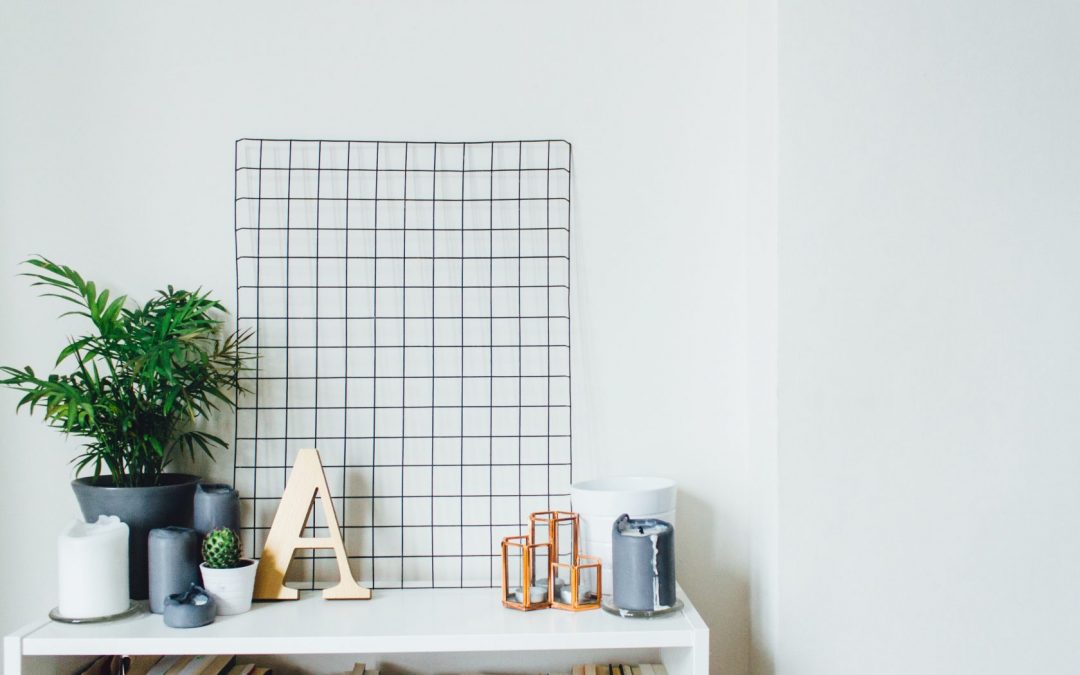A fresh coat of paint can help to transform your home; but before you dive head first into your next DIY painting project there are a few things you should know that will make the job go smoothly.
Choose the Best Colours
Lighting and location impact the way paint appears on a surface. Before you purchase large quantities of paint, pick up sample paint colors in different sheens to test on the surface. Paint sheen, or its finish, refers to how much light the paint reflects. Sheen affects the way paint colors show up on a surface; the more reflective the paint, the shinier it will look.
- In general, flat paint hides imperfections well, but can be hard to keep clean.
- Matte sheens have a low-luster reflective finish, but are easy to clean.
- Eggshell and satin sheen are perfect for most interior jobs.
- Semi-gloss paint and high-gloss paint are more resistant to stains, but are too shiny for wall paint. These sheens are mostly suitable for cabinets, doors and trim.
Clean & Prep
Dirty surfaces make it hard for paint to adhere and can lead to peeling. Don’t skip on the preparation for your interior house painting job. It takes time and effort, but the results of a good prep are worth it.
- Clean all surfaces to be painted. Wash and rinse greasy spots.
- Move furniture and other personal belongings out of the workspace.
- Cover and protect light fixtures and ceiling fans.
- Remove outlet covers and hardware, if necessary.
- Patch up holes and scrape and sand cracked or flaky areas.
- Replace rotten wood or apply wood hardener to the affected area if the damage is small.
- Measure the walls to be sure you have enough paint for coverage. Calculate the total square footage, including alcoves and dormers.
- When working outdoors, cover the ground, patios and decks, outdoor furniture, bushes and other vegetation.
Use Cloth Dropcloths
One of the most overlooked painting tips is to use real cloth dropcloths instead of paper or plastic. Cloth dropcloths absorb spills and splashes so you don’t track them everywhere. They also prevent paint from seeping through to floors and furniture.
Start at the Top
Begin at the top of the wall and roll downward. Each time, start the next row by rolling over the wet edge. This will help you avoid streaks and lap marks. Some other professional painting techniques include:
- Paint on clear days with low humidity; paint takes longer to dry in cool, damp weather.
- Fill a paint tray with enough paint to come up to the grate.
- Dampen the paint roller cover for easier application.
- Dip the roller cover into the back reservoir and roll it back and forth against the grate to squeeze out excess paint and evenly coat the roller.
- Use continuous, overlapping M or W motions to coat the surface.
- Keep the roller within the center of the surface and not along the edge.
- Start at the top and work down. Reapply paint when the roller makes a peeling sound.
- Allow the paint to completely dry before doing a second coat.
Tip: If you are painting an outdoor surface, consider adding a little sand to the paint. This will create traction on the painted surface.
Prime
Priming walls seals imperfections, blocks stains and creates a smoother surface to work with. Always prime walls, especially if you intend to make a big change in color or sheen. An all-in-one primer and paint mix enables you to do both in a single coat.
Clean Up Tips
- Pour leftover paint into corresponding containers.
- Lightly hammer the lids into place to make sure cans seal properly.
- Remove excess paint from brushes, then clean them; use paint thinner for oil-based coatings, soap and water for latex.
- Once paint is dry, collect drop cloths and return furnishings and fixtures to their normal places.
Tip: If you discard leftover paint, keep the lid to record the paint formulation.
If you’d rather leave the painting to the experts, here at ProPaint we are more than happy to transform your home. Get in touch with the team today.



